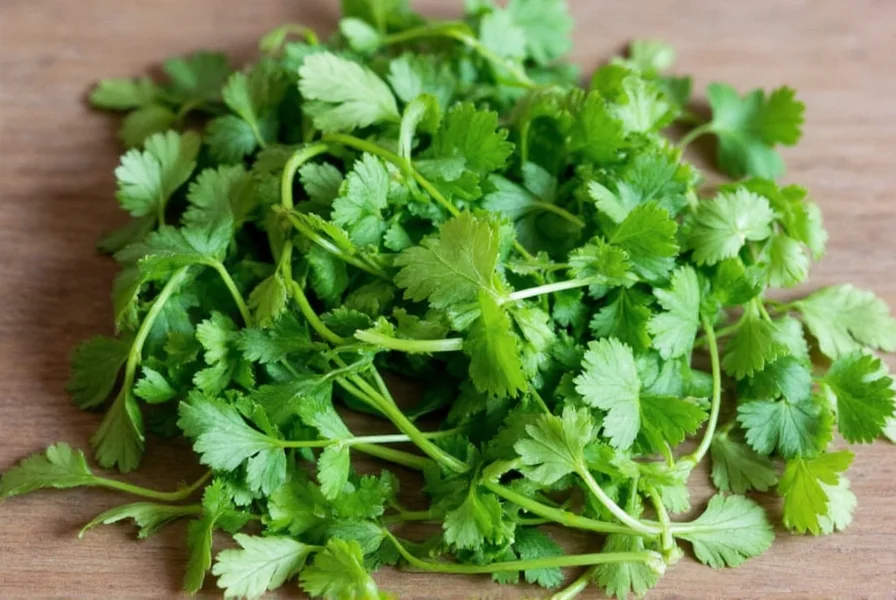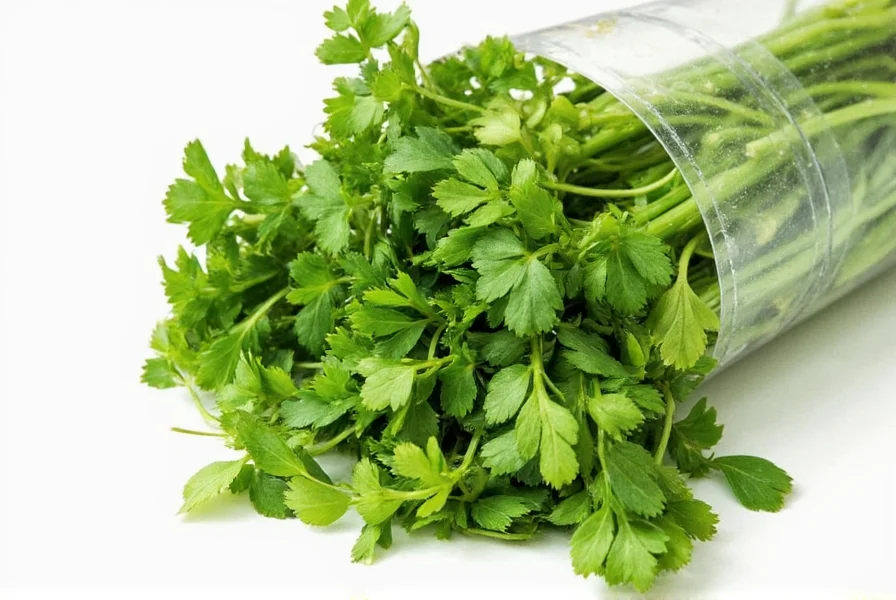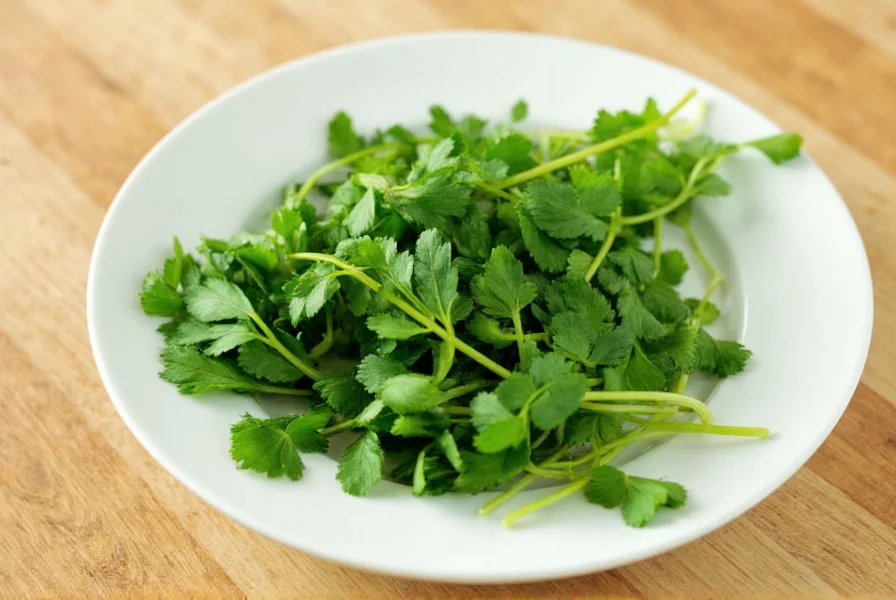Freezing coriander is one of the most effective preservation methods for extending the shelf life of this delicate herb. Unlike drying, which significantly alters flavor compounds, freezing preserves the vibrant taste and color of fresh coriander when done correctly. This guide provides professional techniques developed through extensive culinary testing to help you maximize your herb preservation efforts.
Why Freezing Outperforms Other Preservation Methods
Coriander's essential oils contain linalool and other volatile compounds that give it distinctive flavor. These compounds degrade quickly at room temperature and undergo significant changes when dried. Freezing slows this degradation process dramatically. Research shows frozen coriander retains up to 85% of its original flavor compounds after three months when properly stored, compared to dried coriander which typically retains only 40-50%.
| Preservation Method | Flavor Retention (3 months) | Texture After Thawing | Best For |
|---|---|---|---|
| Freezing (proper method) | 80-85% | Soft, suitable for cooking | Cooked dishes, sauces, soups |
| Drying | 40-50% | Crisp, crumbly | Spice blends, dry rubs |
| Refrigeration (in water) | 60-70% (1 week) | Firm but wilting | Short-term fresh use |
Step-by-Step Guide to Freezing Coriander Properly
Follow these professional techniques to ensure optimal results when freezing your coriander. The key is minimizing moisture exposure during freezing to prevent ice crystal formation that damages cell structure.
Method 1: Flash Freezing Individual Leaves
This technique works best when you need individual leaves for garnishing or precise measurements:
- Wash coriander gently in cold water to remove dirt
- Pat completely dry with clean kitchen towels (moisture causes freezer burn)
- Remove leaves from stems (stems freeze differently than leaves)
- Spread leaves in single layer on parchment-lined baking sheet
- Freeze for 2 hours until solid
- Transfer to airtight freezer bags, removing as much air as possible
- Label with date and return to freezer
Method 2: Coriander Ice Cubes (Most Versatile Approach)
This popular method among professional chefs preserves flavor while providing convenient portioning:
- Wash and thoroughly dry coriander
- Chop leaves finely (stems can be included for stronger flavor)
- Fill ice cube trays 2/3 full with chopped coriander
- Add either water, olive oil, or coconut oil to cover
- Freeze solid (4-6 hours)
- Transfer cubes to labeled freezer bags
Using oil instead of water prevents ice crystals from forming and helps preserve flavor compounds. Olive oil works particularly well with Mediterranean dishes, while coconut oil complements Asian and Indian recipes.

How Long Does Frozen Coriander Last?
When properly frozen using the methods above, coriander maintains optimal quality for:
- 3-4 months: Peak flavor and color retention
- 4-6 months: Good flavor for cooking applications
- 6+ months: Safe to eat but noticeable flavor degradation
The freezer temperature must remain consistently at 0°F (-18°C) or below. Fluctuating temperatures accelerate flavor loss. Vacuum-sealed packages extend shelf life by 25-30% compared to standard freezer bags.
Using Frozen Coriander in Your Cooking
Understanding how to incorporate frozen coriander properly makes the difference between successful and disappointing results:
- For cooked dishes: Add frozen coriander directly to hot dishes during the last 2-3 minutes of cooking. The residual heat thaws it while preserving flavor.
- For sauces and purees: Frozen coriander works exceptionally well in blender-based sauces like chutneys, pestos, and marinades.
- For raw applications: Avoid using thawed coriander in salads or as garnish as the texture becomes limp. Fresh is always better for raw applications.
- Oil-based cubes: Toss directly into hot pans for instant flavor infusion in stir-fries and sautés.
Common Freezing Mistakes to Avoid
Even experienced cooks make these errors when freezing coriander:
- Insufficient drying: Water on leaves creates ice crystals that damage cell structure
- Freezing in large clumps: Makes portioning difficult and causes uneven thawing
- Using thin plastic bags: Standard sandwich bags allow freezer burn; use heavy-duty freezer bags
- Not labeling with dates: Leads to forgotten herbs that degrade in quality
- Thawing before use: Causes mushy texture; add directly to hot dishes instead
Alternative Preservation Methods Compared
While freezing ranks as the best method for flavor retention, other techniques have specific applications:
- Refrigeration in water: Keeps coriander fresh for 7-10 days but requires frequent water changes
- Drying: Creates a different flavor profile suitable for spice blends but loses fresh characteristics
- Vinegar preservation: Works for pickling applications but significantly alters flavor
- Herb butter: Combines coriander with butter for specific culinary uses
For most home cooks seeking to preserve the fresh flavor of coriander, freezing remains the superior option when proper techniques are followed. The minimal time investment yields significant returns in reduced food waste and consistent flavor availability.












 浙公网安备
33010002000092号
浙公网安备
33010002000092号 浙B2-20120091-4
浙B2-20120091-4